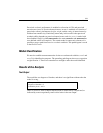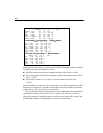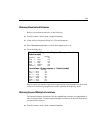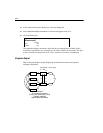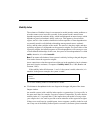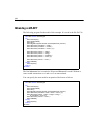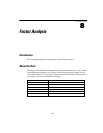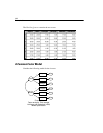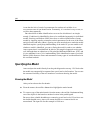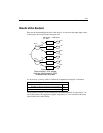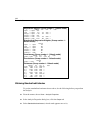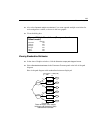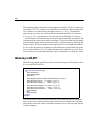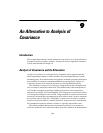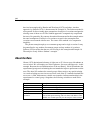
139
Factor Analysis
This model asserts that the first three tests depend on an unobserved variable called
spatial. Spatial can be interpreted as an underlying ability (spatial ability) that is not
directly observed. According to the model, performance on the first three tests depends
on this ability. In addition, performance on each of these tests may depend on
something other than spatial ability as well. In the case of visperc, for example, the
unique variable err_v is also involved. Err_v represents any and all influences on
visperc that are not shown elsewhere in the path diagram. Err_v represents error of
measurement in visperc, certainly, but also socioeconomic status, age, physical
stamina, vocabulary, and every other trait or ability that might affect scores on visperc
but that does not appear elsewhere in the model.
The model presented here is a common factor analysis model. In the lingo of
common factor analysis, the unobserved variable spatial is called a common factor,
and the three unobserved variables, err_v, err_c, and err_l, are called unique factors.
The path diagram shows another common factor, verbal, on which the last three tests
depend. The path diagram also shows three more unique factors, err_p, err_s, and
err_w. The two common factors, spatial and verbal, are allowed to be correlated. On
the other hand, the unique factors are assumed to be uncorrelated with each other and
with the common factors. The path coefficients leading from the common factors to the
observed variables are sometimes called factor loadings.
Identification
This model is identified except that, as usual, the measurement scale of each
unobserved variable is indeterminate. The measurement scale of each unobserved
variable can be established arbitrarily by setting its regression weight to a constant,
such as 1, in some regression equation. The preceding path diagram shows how to do
this. In that path diagram, eight regression weights are fixed at 1, which is one fixed
regression weight for each unobserved variable. These constraints are sufficient to
make the model identified.
The proposed model is a particularly simple common factor analysis model, in that
each observed variable depends on just one common factor. In other applications of
common factor analysis, an observed variable can depend on any number of common
factors at the same time. In the general case, it can be very difficult to decide whether
a common factor analysis model is identified or not (Davis, 1993; Jöreskog, 1969,
1979). The discussion of identifiability given in this and earlier examples made the
issue appear simpler than it actually is, giving the impression that the lack of a natural
unit of measurement for unobserved variables is the sole cause of non-identification. It



